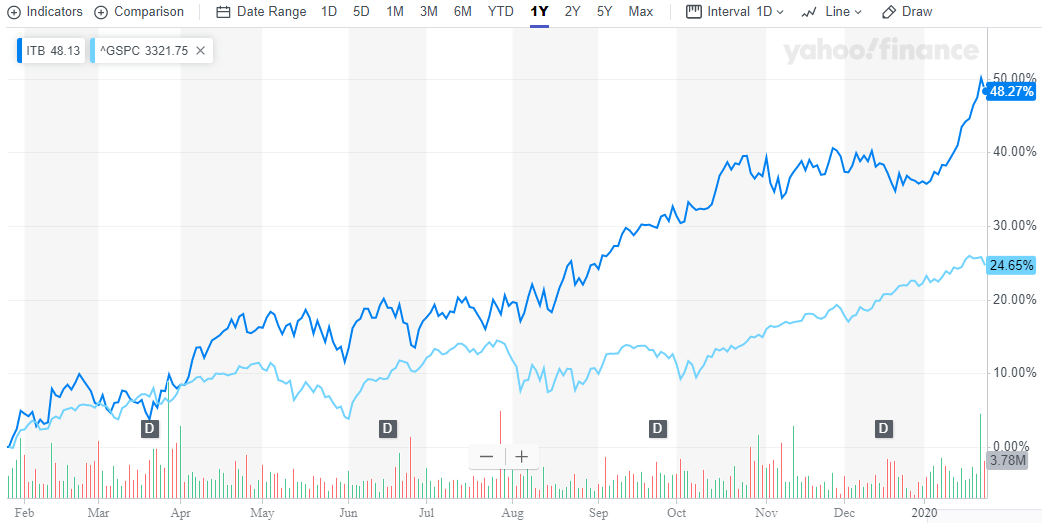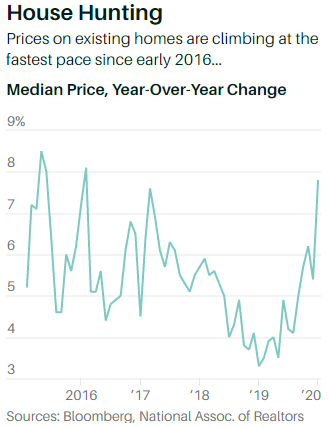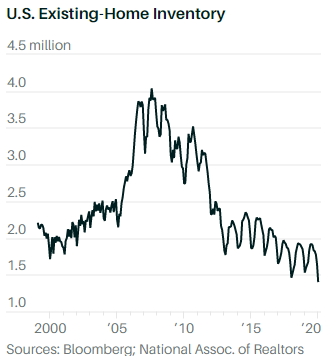What happened last week, and what it may mean for the market in 2020.
The Stock Market Report
The S&P 500 had a rare losing week, down 0.6%. It's down 1.0% from its all-time high set the week before. In the scheme of things it means nothing.
Investors are still optimistic about the market, but they did notice the decline. The Fear & Greed Index dropped from 89 (extreme greed) to 62 (regular greed) as a result of the decline. What will happen when the market has a serious down week, I wonder?
Chart 1. The Stock Market Finally Finds a Reason to Fall.
Even a decline as benign as last week's sends the punditry into overdrive looking for a pithy explanation. An off-hand comment by a Fed governor? An earnings miss by a market darling? How about a potential pandemic? Let's run with that.
This picture, and the headline above it, are brought to you courtesy of Barron's. They're not alone in insinuating that this very serious outbreak was the cause of last week's market decline. But, really? Is this the best you can do as a financial journalist?
Chart 2. Builder Stocks Have Boomed.
Also from Barron's is a timely piece about the new housing boom. Builders are booming thanks to low rates and rising incomes. The popular home construction ETF ITB is up twice as much as the S&P 500 over the last 12 months. But there's a fly in the ointment.
Until recently, home builders couldn't keep up with surging demand for new homes. Is this boom about to turn into a bust? Barron's thinks it could, based on skyrocketing prices and short supply. Younger, first-time buyers are being squeezed out of the market.
Chart 3. Existing Home Prices
The new housing boom is driving prices beyond the reach of younger buyers. Many are struggling with student debt. Others can't scrape together enough for a down payment.
Chart 4. Supply of Existing Homes
Adding to the upward pressure on home prices is the dwindling supply of housing stock. The builders are capitalizing on this shortage but how much higher can prices go before we reach an affordability tipping point?
Final Thoughts
The housing market isn't the only sector that's getting close to a tipping point. Student loan debt, junk bonds, private equity, big tech, car loans, Treasury bonds, and other sectors of the market are showing signs of price increase exhaustion. But the bull market marches on, and the end is not yet in sight.
My advice to bulls is to stay bullish and keep on buying the dips. But have a contingency plan in place just in case history repeats.
As always, if you like what you see, or have suggestions for improving this recap, leave a comment below, or email me at info@zeninvestor.org
Be sure to take advantage of our knowledge quizzes here.
And our free online courses here.




